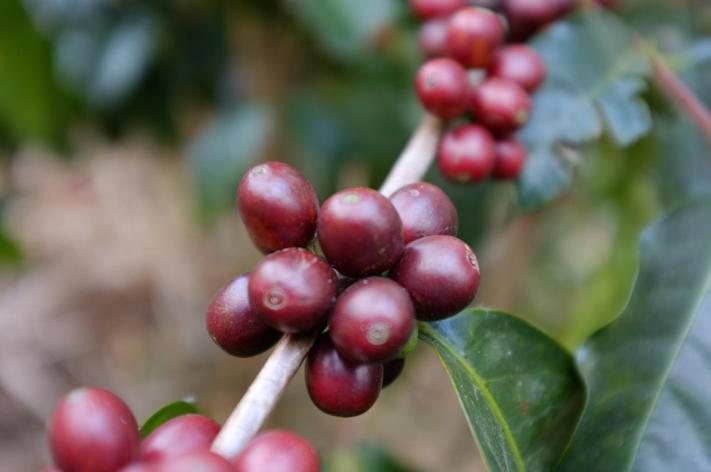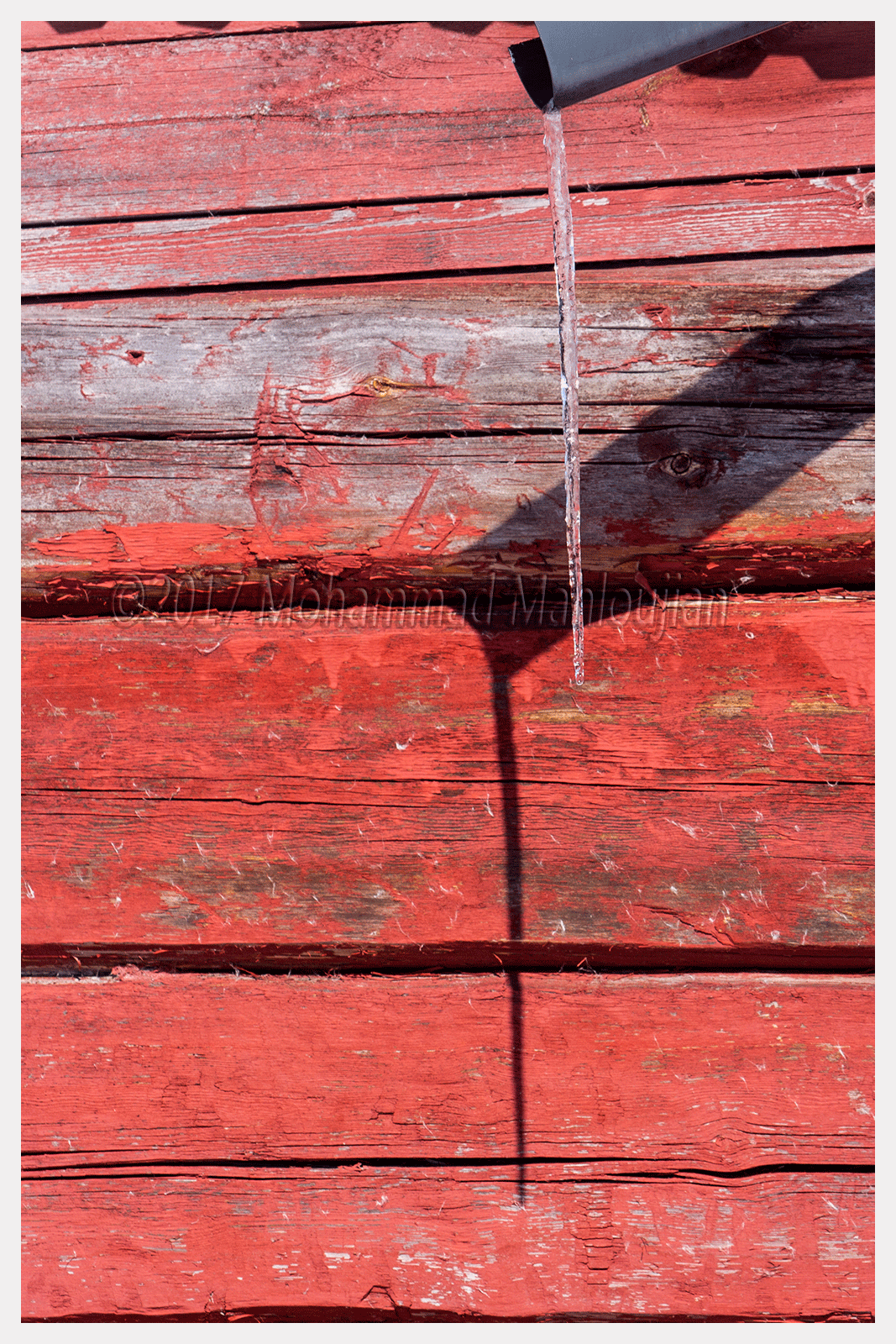Coffee VarietyThe history of coffee, particularly in the early stage, has progressed with the Typica. For many coffee lovers, it has been the standard cup quality of coffee. For the past couple centuries, people have argued what coffee is good or bad based on the Typica flavor. Perhaps the standard cupping principles have Typica as the core of flavor standard. The consumer market(but heavily corporate driven) is shaping the cultivation of varietals in producing countries and Typica doesn’t seem to be the most wanted kind.
Overview of Typica coffee One of the most culturally and genetically important C. Arabica coffees in the world, with high quality in Central America. Very high susceptibility to coffee leaf rust, well-adapted to the coldest conditions. Coffee Varieties Typica Infographic Coffee Inside
Typica Coffee Variety
Coffee Varieties Typica Infographic Coffee Inside
Typica Coffee Variety
Typica Coffees are a sub-variety of the Arabica family of coffees – a more specific division of what are generally considered high quality coffee beans. They’re fairly tall for coffee trees, and produce less coffee than other varietals, which means that the yield tends to be lower and more difficult. So why would a farmer choose the Typica varietal over others? Quality. Typica coffees are known for a certain sweetness, and cup very well – some of the best coffees in the world are from the Typica family.
History Typica Coffee BeansWhile learning about the different coffee varietals can be fun and interesting, we recommend choosing your coffee based on personal taste preferences rather than arbitrary genetic distinctions.
Typica, together with Bourbon, is one of the most culturally and genetically important C. arabica coffees in the world. Historical records indicate that arabica coffee first arrived in Yemen in the 14th century, where it was domesticated. In 1706 a single typica coffee plant was taken from Yemen to Amsterdam and given a home in the botanical gardens. In 1714, after the Utrecht peace treaty between the Netherlands and France was signed, the mayor of Amsterdam offered a coffee plant to King Louis IV; it was planted in the greenhouse of the Jardin des Plantes and quickly produced seeds (Chevalier and Dagron, 1928).
History to Central – South AmericaFrom the Netherlands, plants were sent on colonial trade routes Dutch Guiana (now Suriname), and from Paris to Martinique in the West Indies. In 1719, coffee spread from Dutch Guyana to French Guyana, and from there to Brazil in 1727. From there, it moved to Peru and Paraguay. The English introduced typica coffee to Jamaica in 1730. In the late eighteenth century, cultivation spread to the Caribbean (Cuba, Puerto Rico, Santo Domingo), Mexico and Colombia, and from there across Central America (it was grown in El Salvador as early as 1740). Until the 1940s, the majority of coffee plantations in Central America were planted with typica. Because typica is both low yielding and highly susceptible to major coffee diseases, it has gradually been replaced across much of the Americas, but is still widely planted in Peru, the Dominican Republic, and Jamaica.
 Coffee Beans Typica in Costa Rica -CoffeeInside
Coffee Beans Typica in Costa Rica -CoffeeInside  Coffee typica in Ecuador – CoffeeInside
Coffee typica in Ecuador – CoffeeInside  Coffee seed typica in Ecuador – CoffeeInside
Coffee seed typica in Ecuador – CoffeeInside  Typica Coffee Beans -CoffeeInside
Typica Coffee Beans -CoffeeInside  Typica Coffee Var – CoffeeInside
Distribution of Typica coffee today
Typica Coffee Var – CoffeeInside
Distribution of Typica coffee today
Typica grown in the high mountain regions of Jamaica came to have a special reputation for quality. In an effort to create value and recognition for the origin, high-altitude Jamaican typica began to be called Blue Mountain. But it is important to note that Blue Mountain is not a separate variety; it is not even a selection. It continues to be one of the most widely grown and economically important varieties in the country.
Today, coffee production in Latin America is still based to a large extent on cultivars developed from typica and bourbon varieties. It Brazil, which accounts for 40% of world production, 97.55% of coffee cultivars are derived from Typica and Bourbon.
Typica Coffee Varietal (via cafeimports)Typica can be divided into the following sub-sub-varietals:
- Amarello de Botucatu
- Blue Mountain
- Bergandal
- Java
- Kent
- Kona
- Guatemala
- Maragogype / Maragogipe
- Pache Commun
- Pluma Hidalgo
- Sumatra
- San Ramon
- Sao Bernando
- Villalobos
Looking at the list, it’s not difficult to see that the Typica family is made of some of the best coffees in the world, including Blue Mountain, Sumatra and Kona.
Typica Cultivars / HybridsIn an attempt to get a better yield from the high quality Typica, it’s often cross-bred with other species. Some well-known cultivars include:
- Acaia (Sumatra + Bourbon)
- Macaturra (Maragogype + Caturra)
- Pacamara (Pacas + Maragogype)
- Pache Colis (Pache Commun + Cattura)
- Mundo Novo (Sumatra + Bourbon)
- Catuai (Mundo Novo + Caturra)
- Rasuna (Typica + Catimor)
- Icatu (Mundo Novo + Robusta + Bourbon)
Typica coffee trees are fairly tall for coffee trees, have conical branches that grow at roughly a 60 degree slant from their parent branch. Their leafs usually have a dark bronze tip.Caturra
Visually, Typica coffee beans are usually more elongated than Bourbon.
Chia sẻ:Source: cafeimports.com | primecoffe.com | espressocoffeeguide.com | varieties.worldcoffeeresearch.org





